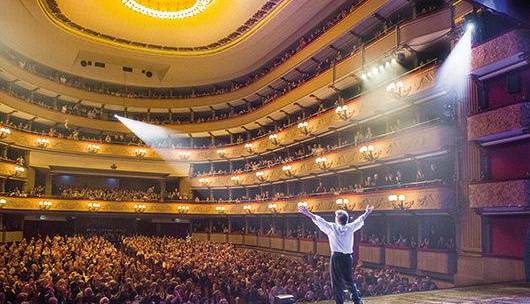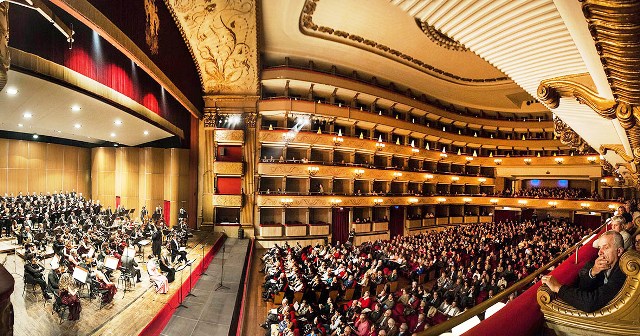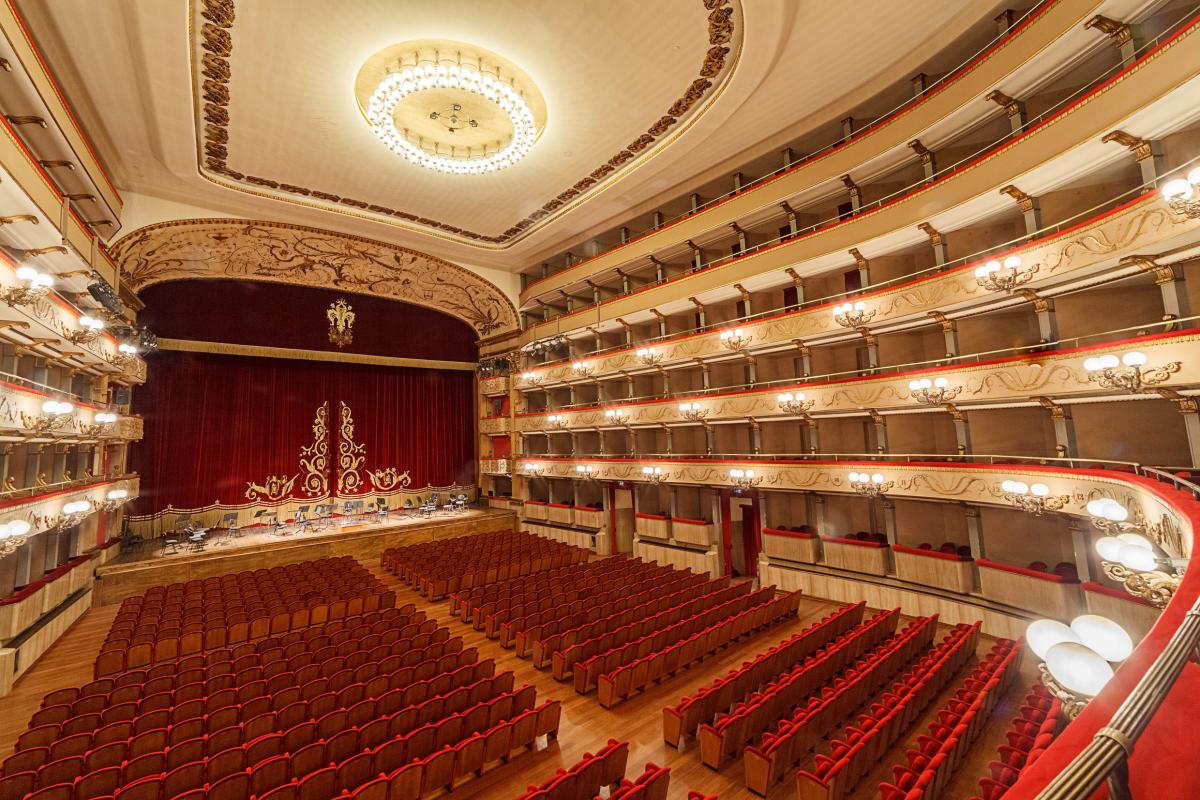


The Verdi Theater, originally called Teatro Pagliano, took this name in 1901. It stands on the site where the Stinche prison was once built. On the same site there was also a washhouse of the Wool Art whose memory has remained in the adjacent Via dei Lavatoi.

Used as a prison for five hundred years, the building was sold by grand-ducal decree in August 1833 and then purchased by Messrs Giovacchino Faldi, Cosimo Canovetti, Giuseppe Galletti and Michele Massai.

These proceeded to transform it into the current large tenement building (with the destruction of the previous factory and incorporating the area formerly of the wash houses) between 1834 and 1839, entrusting the direction of the works to the architect Francesco Leoni with the assistance of the architect Luigi Manetti.

At the end the structure was developed on four floors, partly occupied by neighborhoods (22 for a total of 188 rooms served by six staircases), partly by shops, and characterized both by the presence of a large riding hall (with attached stable , saddlery, garage and rooms for entertainment), and a room for the Philharmonic Society on the first floor, with twelve service areas.

From 1901, after being named after Luigi Cherubini, it took on the name of the Verdi theater, and over time it has adapted, due to changes in public tastes, to host various events and shows, including cinema.

Among the most famous conductors of the 19th century who conducted at the Verdi in Florence, there is M ° Antonino Palminteri, present on the podium of the Verdi in the theatrical season between 1901 and 1902, staging works such as: La Bohème by Giacomo Puccini and I Lombardi, by Giuseppe Verdi. The results of the performances were excellent and highly appreciated.

In 1908 the world premiere of Rhea by Spiro Samara with Edoardo Garbin and in 1914 of La giostra dei falchi by Domenico Monleone took place. In the period between the two world wars, the theater, with Raffaello Castellani, hosted the operetta and the first great actors of the 20th century.

After the break of the First World War, the theater resumed its activity on the initiative of the Society of Theater Workers and in the twenty years between the two wars its programming was characterized by comedies in the vernacular and variety shows that saw the Riccioli-Primavera company as protagonist.
Verdi Theater - Virtual Tour 360°
Address: Via Ghibellina, 99, 50122
Phone: +39055212320
Site:
http://www.teatroverdifirenze.it/Location inserted by
CHO.earth